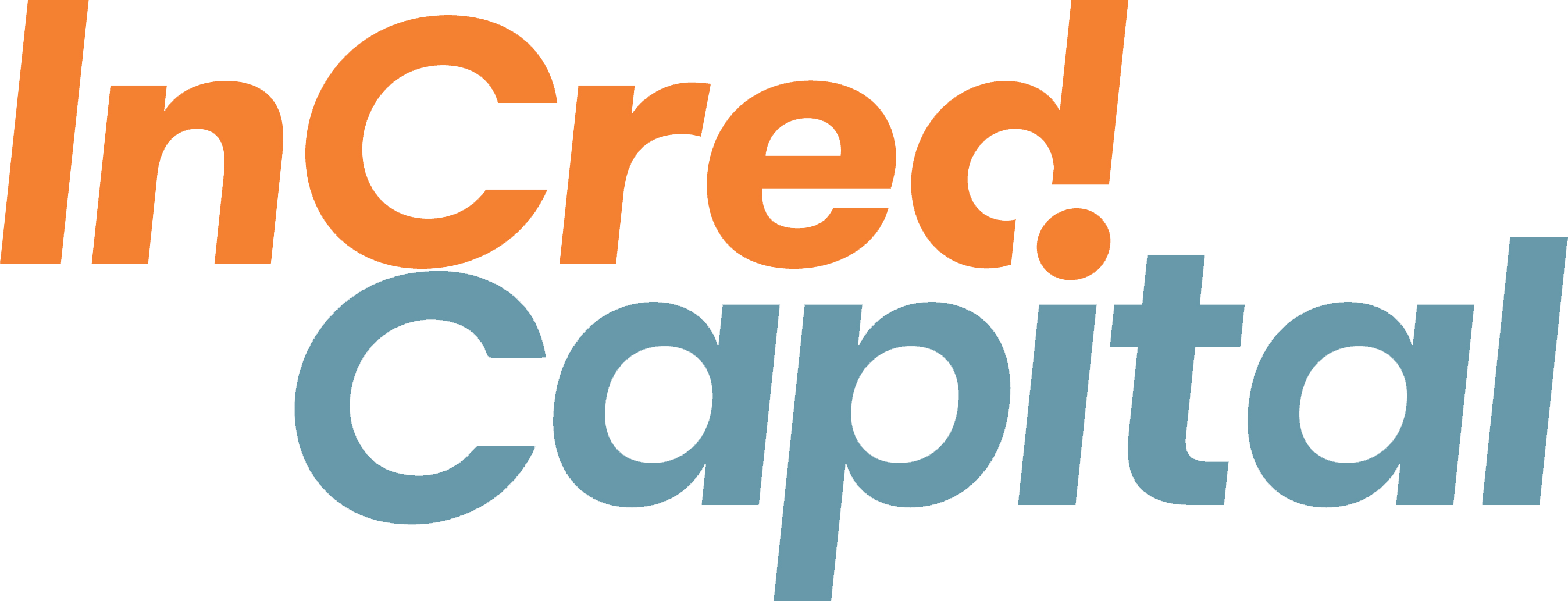Investors’ search for a buffer against economic uncertainties and muted returns from stock and bond markets over the past few years have pushed them to high-yield strategies offered by alternative investment funds (AIFs). Consequently, assets under management (AUM) of these funds have grown to more than ₹4.5 trillion as of March 2021 against ₹360 crore in December 2012, according to data available with the Securities and Exchange Board of India (Sebi).
Experts say that alternatives are meant to augment investors’ current portfolio.
“Typically, fund managers of AIFs bring more experience and have an entrepreneurial bent compared with regular mutual fund managers. As a result, AIF managers bring better management and innovation for investors,” said Nitin Rao, CEO, InCred Wealth.
Multiple factors are driving demand for AIFs. First, AIFs offer a non-traditional investment avenue, as they allow investors to explore various strategies other than long-only, such as long-short, hybrid or other high-yield strategies.
The second factor is differentiation, as AIFs are more tailor-made for more sophisticated investors looking for certain differentiated strategies. The third factor is concentrated solutions, as unlike mutual funds, AIFs offer concentrated solutions and usually have a basket of 25-30 stocks comprising the portfolio.
There are three categories of AIFs. Category I AIFs invest in startups or social venture funds, infrastructure funds and SME (small and medium enterprise) funds, among others. Category II funds are typically private equity funds and debt funds.
Category III funds employ diverse or complex trading strategies and may employ leverage, including through investment in listed or unlisted derivatives.
In terms of investment, all categories of AIFs, except angel funds, require a minimum investment of ₹1 crore. In terms of taxation, investors should keep in mind that AIFs are not as tax-efficient as mutual funds. The taxation rules also differ for the three categories.
Category I and II AIFs are pass-through vehicles, meaning investors have to pay tax on their earnings and the fund does not pay any tax.
In case of Category III funds, the income is taxed as business income, meaning that the tax paid is, typically, at the highest tax slab, including a surcharge of 42.7%.
When it comes to costs, AIFs tend to be costlier as there is no regulatory limit here unlike mutual funds.
Investors should keep in mind that by nature, AIFs carry more risk, can have a lock-in and require more time for the strategy to play out. They are suitable for those whose risk profiles align with the expectations that they are willing to wait for the theme to play out and carry the risk until such time.
“When looking at overall asset allocation, in the case of AIFs, the overall portfolio allocation to the underlying asset is what needs to be considered, however, it would be prudent not to go beyond 5% exposure in a single name non-traditional AIF,” said Rao.





